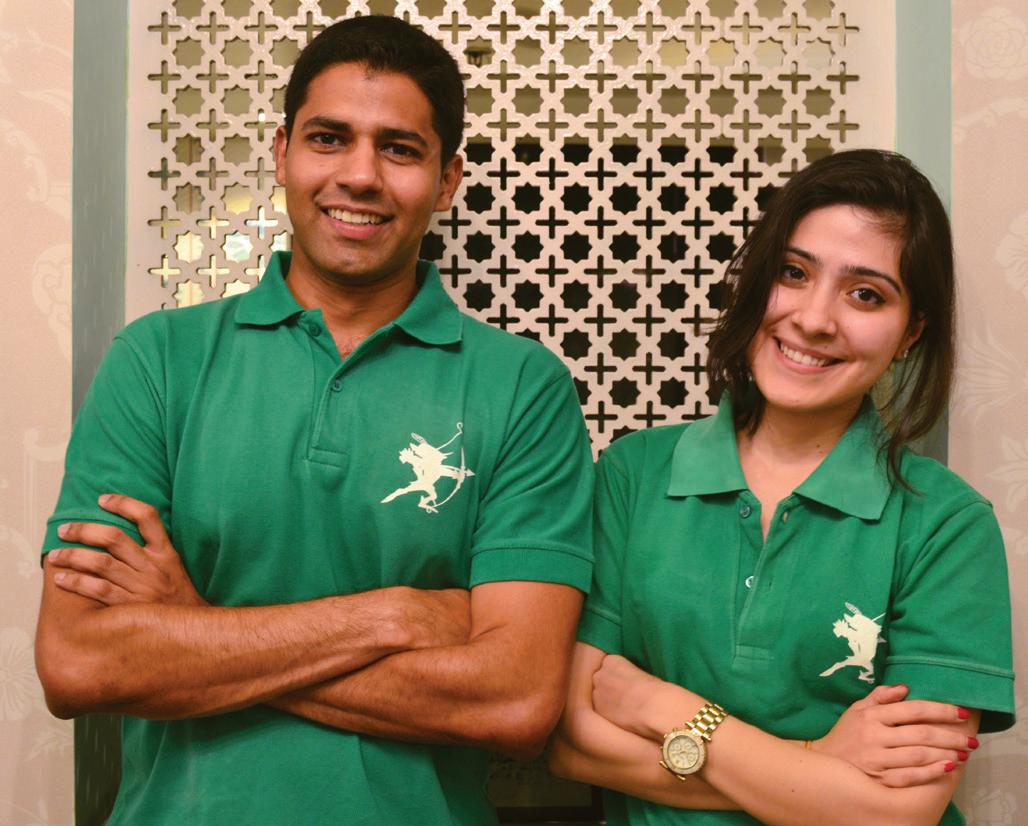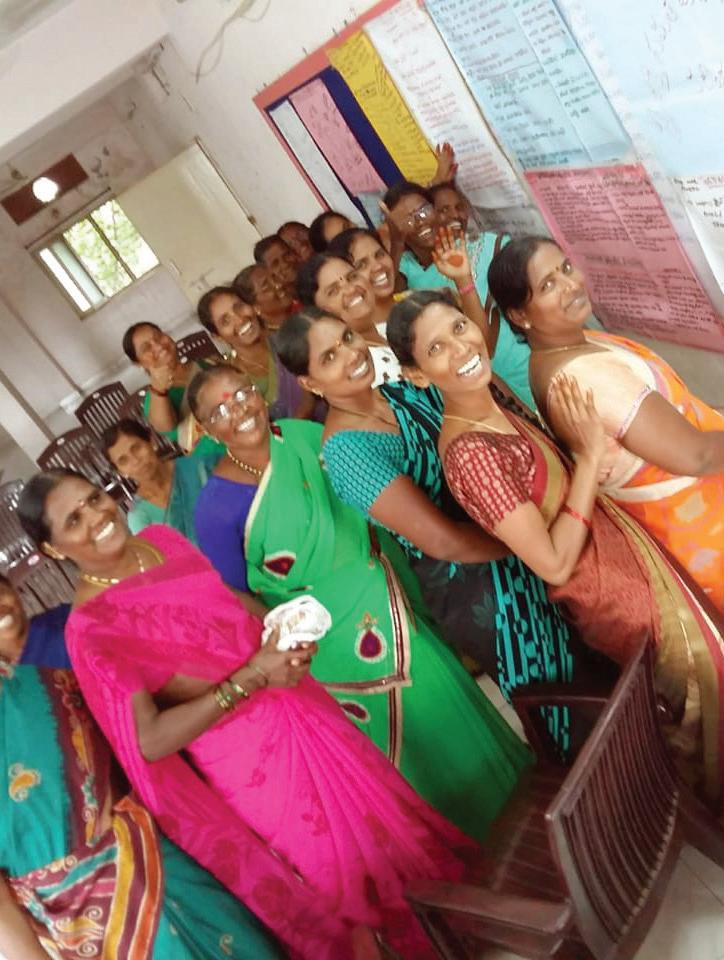
5 minute read
MY VIEW Dr P Raghu Ram expertly guides us on mask etiquette and how important it is to wear a snugly fitted mask during the pandemic
Mask Etiquette
Covid Safety Measures
Advertisement
In this challenging period, it is important that each one of us is responsible to ensure our own safety, and equally, to be sensitive to the safety of others around us. Dr P Raghu Ram says one of the most effective ways of achieving this is by scrupulously following what is known as ‘mask etiquette’
At a time when the second wave of the pandemic is at its peak in India, it is distressing to see a number of irresponsible people (both educated and uneducated) either without masks or wearing them improperly. Equally, it is a common sight to see people bringing their mask down whilst speaking. This must stop. The moment the mask is brought down to the level below the nose, the whole purpose of wearing the mask is defeated. Bringing the mask to the level of the neck exposes the inside of the mask to germs lurking at the neck level. And then, by bringing the mask from the level of the neck back to the face could make the individual prone to get infected with these germs. Furthermore, by frequently touching the mask’s outer area the individual is exposed to carry the virus on their hands and spread it in the community, if these potentially infected hands are not washed.
Wearing the mask right
Before wearing a mask, it is vitally important to wash your hands with soap and water for at least 20 seconds. Then dry your hands with a clean paper towel/cloth and throw the paper towel away. Do not use an air dryer as it may disseminate the virus all around. Alternatively, use a hand sanitiser as a second best alternative.
How NOT to wear a Mask & How TO wear it correctly
Check the mask periodically for any defects such as a tear or missing tie or ear loop. Throw away any that are defective.
If you are wearing a surgical mask, make sure the exterior side of the mask is facing out, away from your face. The coloured side is usually the front and must face away from you. The white side should be on the inner aspect touching the face. If using a mask with ear loop, hold the top of the mask with your fingertips, put on the loops around each ear. Place the mask on your face with the stiff, bendable edge at the top by your nose. If using mask with ties, place the mask on your face with the stiff, bendable edge at the top by your nose. Bring the upper ties over the crown of the head and tie the upper ties with a bow. The crown refers to the area at the upper back of the head. Then tie the lower ties behind your head with a bow.
General principles to observe
The mask should snugly fit the face. Very important to ensure that there is no air leak near your eyes and from the mask’s outer edges. If the mask is fitted correctly, you would be able to see the mask moving in and out with each breath.
Once the mask is in place, use your index finger and thumb to pinch the bendable top edge of the mask around the bridge of your nose. Make sure the mask is completely secure. Extremely important to make sure the mask covers the nose and mouth so that the bottom edge is under your chin. Do not forget to wash your hands after wearing the mask.
Mask removal is equally important
Wash your hands before removing the mask. Do not touch the outside of the mask with bare hands. Use tissue papers to stabilise the outside of the mask. Untie/remove ear loops and gently take the mask away from the face without sudden jerky movements. Do not touch inside of the mask (the part over nose and mouth). It may be
contaminated from your breathing, coughing or sneezing. Promptly, dispose the mask in the trash without fail. Wash your hands.
Wearing a double mask
Most recent recommendation is to wear a double mask in crowded places. A disposable mask is worn underneath a cloth mask. The masks should snugly fit covering the nose, mouth and chin without any gaps. It is vitally important not to use two surgical (disposable) masks as they are not designed to fit snugly and wearing two such masks does not protect you.
Who should wear medical masks?
Frontline healthcare workers, people suspected/confirmed with COVID, caretakers looking after COVID suspect/ confirmed patients, people in the community over the age of 60 and those with underlying co-morbid health conditions should wear medical masks.
Whilst people with no COVID symptoms at home and when going out to a public place can wear a fabric/ disposable mask.

Can masks be worn during exercise?
Although there are conflicting views, commonsense indicates that masks should not be worn while exercising. Airflow is significantly diminished in moderate to severe exercise, which is associated with faster breaths. And therefore, wearing a mask during exercise will act as a barrier to airflow, which can lower oxygen levels in the re-circulated air.
Also, more carbon-dioxide exhaled during exercise can potentially get trapped by the mask and when it is re-inhaled, it can further cause excessive breathing (hyperventilation) and reduced brain function, which can manifest as confusion and loss of consciousness as well. It is a well-known fact that heart rate increases during exercise. But wearing a mask during exercise further increases heart rate, which can cause dehydration, light-headedness and dizziness and can even result in adverse cardiac effects. It is important to balance the benefits of wearing a mask versus adverse effects during exercise. It would be prudent not to exercise in public places for a few months, until the pandemic wanes. How responsibly we conduct ourselves collectively as a nation will largely determine the effect of the pandemic in the country. Wearing a mask properly alongside personal hygiene and social distancing are the three pillars, which we must not forget, both at home and outside.





